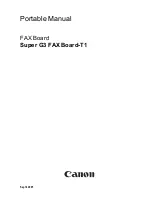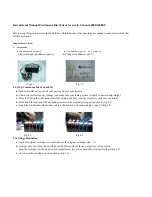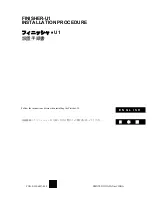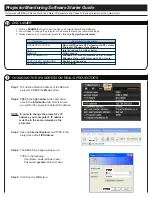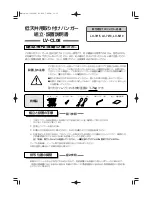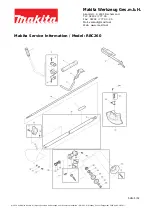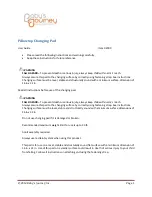
28
V
e
rsio
n 2,
06
.0
8.
201
0 / M
o
d
u
leV
e
rs
io
n 1.
0
Taking measurements
Gigaset N870 IP PRO / LUG IE-UK_IM en / A31008-XXXXX-XXXX-X-XX / measure.fm / 8/24/18
Reception power
The reception field strength is measured to assess the quality of transmission. The reception
power (proportional to the field strength) is displayed on the measuring handset in
. A very
good reception power is approximately –50 dBm. Systems that are measured at up to –60 dBm
generally offer a good quality. For measurements up to –70 dBm, the measurement must be
checked and evaluated with an audio connection to ensure sufficient quality. A handover
is no longer possible in this area.
Different thresholds can be used for the measurement, based on the quality or use of specific
areas (e.g., office, corridor, basement). Different quality requirements can also be defined at the
various base stations within a partial system.
Typical thresholds for normal, low-interference environments are:
1 Limit value for guaranteed call quality: -65 dBm
This is the value at which a handset must receive the signal of a base station for a subscriber
to be able to benefit from good quality telephony. For an interference-free handover,
the handset must receive both base stations at this level of quality.
2 Limit value for synchronisation -70 dBm
This is the value at which a base station must receive the signal of another base station to be
able to synchronise.
The following table gives an initial guideline for the quality of the wireless connection.
When the reception power is not high enough in certain areas for synchronisation
using DECT, base stations can also be synchronised over LAN. A minimum reception
power must also be available here however (
Reception power
Quality evaluation
–50 dBm
Very good
-60 dBm
Good
–65 dBm
Satisfactory
-70 dBm
Adequate
-73 dBm
Weak, not suitable
-76 dBm
Poor, not suitable































